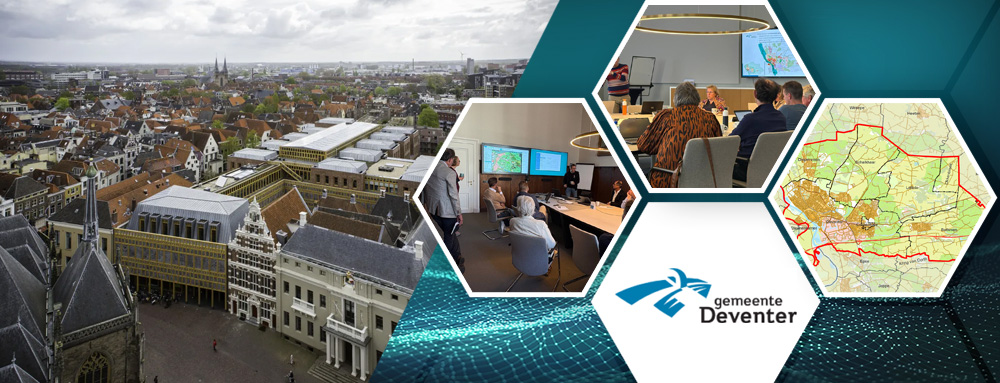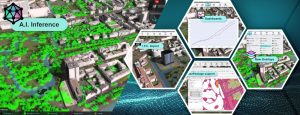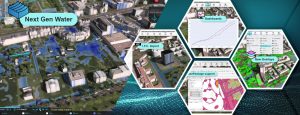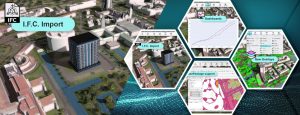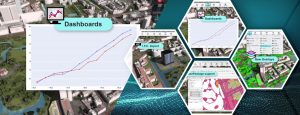Deventer faces a major housing challenge. Creating new homes within the existing city requires densification – but without sacrificing quality of life.
At the end of September 2025, this theme was the focus of the Deventer city council meeting. It was an important discussion about what densification means: not just in terms of housing numbers, but also in terms of amenities, green spaces, accessibility, and livability. How do we ensure the city grows without compromising its quality?
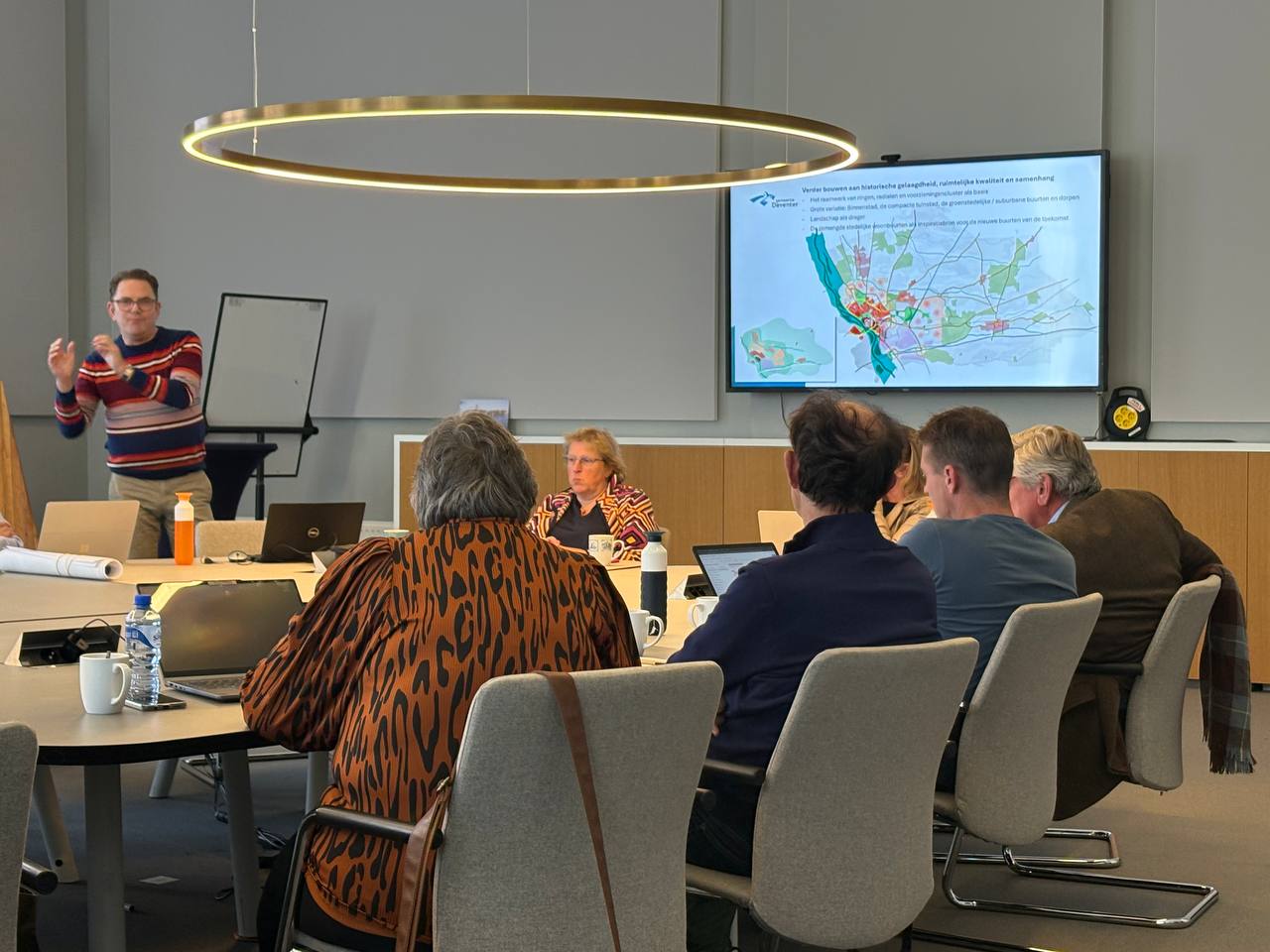
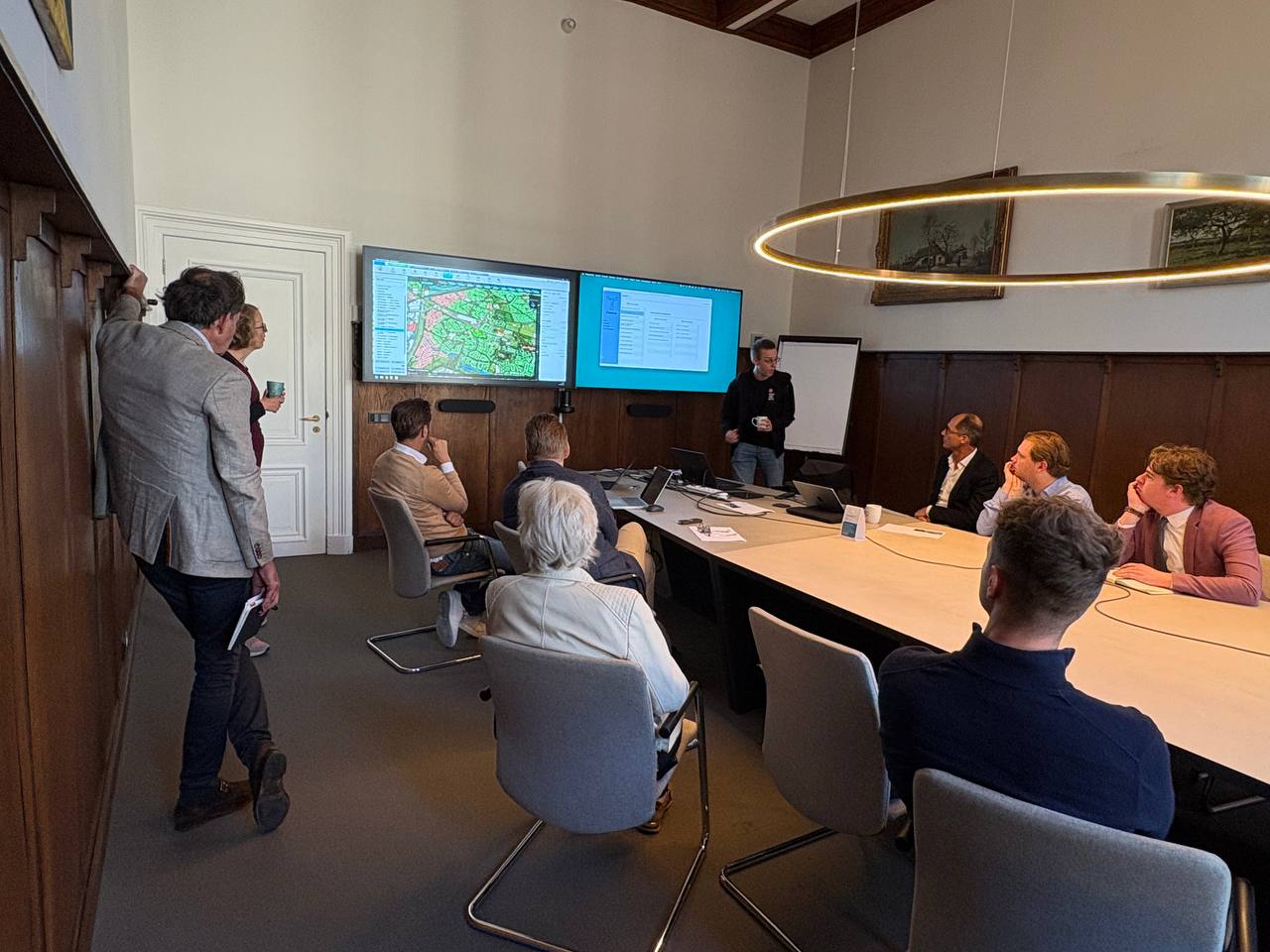
To make these choices effectively, the municipality of Deventer is using a digital city model. This model serves as a testing ground for the city: it makes visible what is currently invisible and helps visualize the effects of choices. Consider, for example, the accessibility of amenities, the balance between residential and green spaces, and the accessibility of healthcare and education.
What’s unique about this model is that it doesn’t just provide a single answer, but rather clarifies the trade-offs. It helps the municipality see: what happens if we build here? What opportunities will we seize, and what limitations will we encounter?
At the Tygron CoP on November 11, 2025, employees of the municipality of Deventer will provide more information about this case: Community of Practice 2025 – Tygron Platform
See here the link to the announcement of the council meeting and the supporting documents: https://deventer.raadsinformatie.nl/modules/8/Raadsmededelingen/1083896
How do you create such a digital city model for your own municipality?
We distinguish four phases:
The first phase – Exploration & Objectives – focuses on defining the challenge. What exactly is the problem, what policy questions are at stake, and what effects does the municipality want to achieve? The role of the digital model is also determined: is it primarily about providing insight, calculating scenarios, policy assessment, or communication? The relevant indicators are selected and an initial matrix of measures and indicators is developed.
The second phase – Prototype Building – revolves around collaboration. Policy officers and experts coordinate indicators and definitions, and policy choices are translated into concrete parameters. Think of distances to amenities or quality of life standards. Together with GIS specialists, the digital twin is built and data is integrated. The result: a first working prototype with scenarios.
In the third phase – Testing & Optimization – the prototype is tested in practice. Policy departments and users verify whether the model is policy-compliant and usable in their daily work. Based on their feedback, improvements are implemented to ensure the model aligns well with decision-making and participation.
Finally, the fourth phase follows – Transfer & Embedding. Agreements are made regarding the model’s implementation, roles, and desired results. The model is embedded in municipal work processes, and a clear structure for management and further development is established.
Curious how your municipality can take these steps? We’d love to help!
